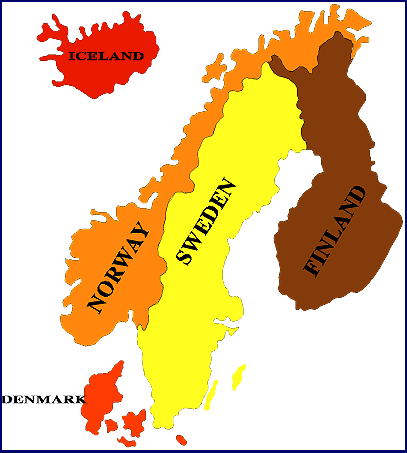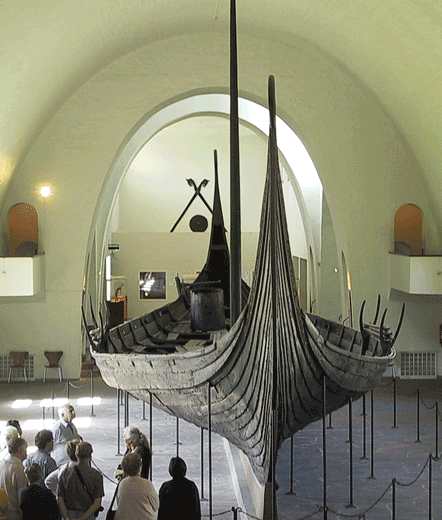



I've decided to write about a few things I've learned recently. Most of these are things I've learned from other people or from reading books. Chief among the things I've learned: I should blog more often.
So this is a new blog, the first in my new blog series "A Few Things I've Learned Recently." Every week (if not sooner), I will add a blog post about something I've learned. Today it will be about the Vikings.
1. I have learned about Vikings and Viking weapons. Apparently, they used a variety of  weapons, from their primary weapon (the sword) to classy weapons like the bow and arrow and spears. They carried heavy round shields with iron centers. Berserkers were the wild, crazed Viking warriors who were supposed to feel no pain in battle. We get our word "berserk" from them.
weapons, from their primary weapon (the sword) to classy weapons like the bow and arrow and spears. They carried heavy round shields with iron centers. Berserkers were the wild, crazed Viking warriors who were supposed to feel no pain in battle. We get our word "berserk" from them.
Although the Vikings lived in the European region of Scandinavia,  they could go as far as Greenland and even (thanks to Leif Erikson) to the North American continent. They traveled in light, slim longships that
they could go as far as Greenland and even (thanks to Leif Erikson) to the North American continent. They traveled in light, slim longships that traveled much faster than the average ships of their day.
traveled much faster than the average ships of their day.
The Vikings wore bearskins, richly dyed cloths, and brooches on many pieces of clothing.